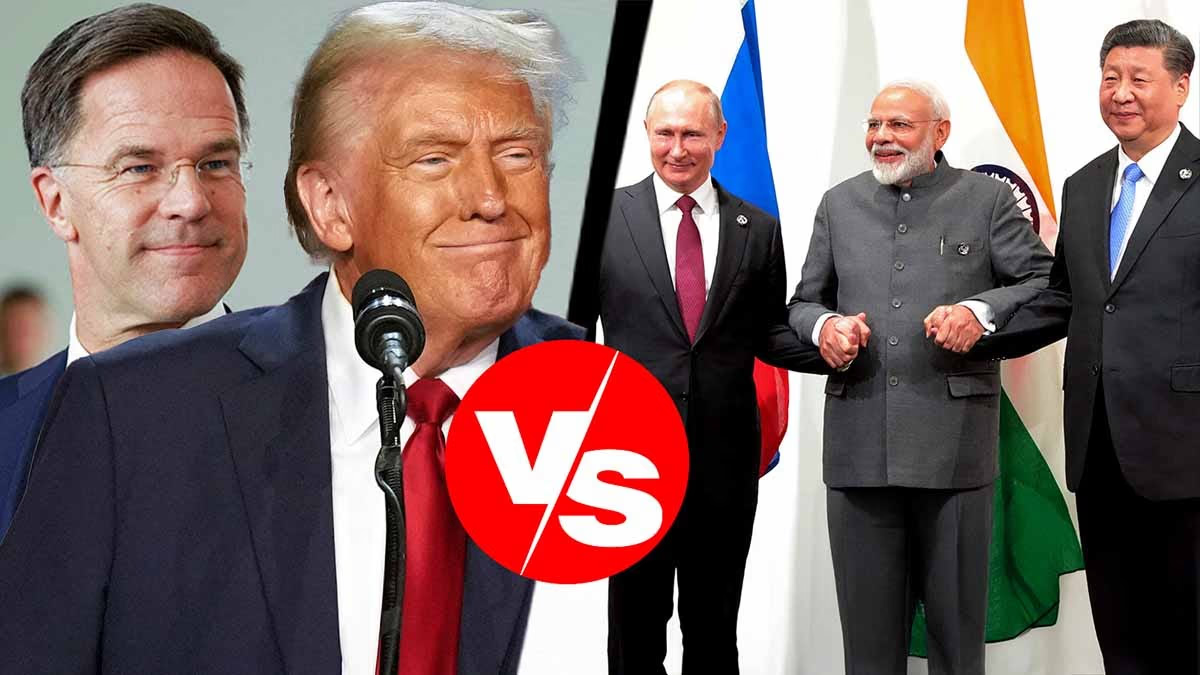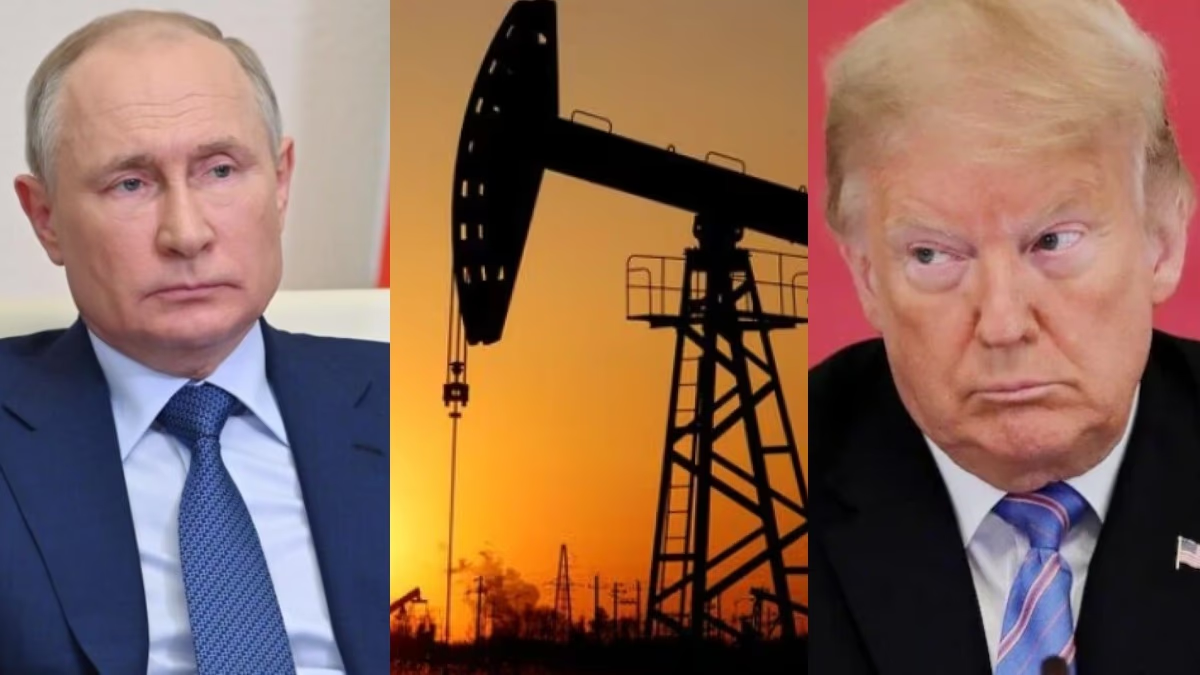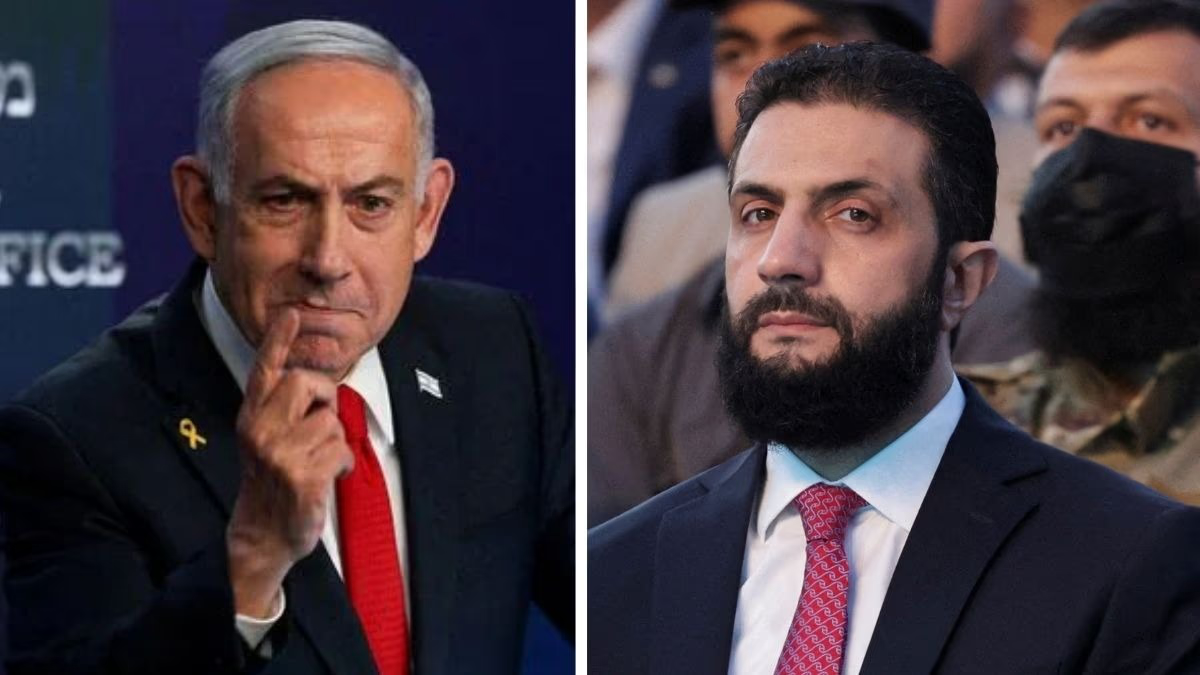The BRICS group, comprising Brazil, Russia, India, China, and South Africa, provides a platform for emerging economies. With its expansion to 10 countries, including Egypt, Ethiopia, Indonesia, Iran, and the UAE, it holds a 41% share in the global economy.
On the other hand, Western nations, led by the USA and NATO, are primarily centers of military and economic power. Recently, NATO's Secretary General, Mark Rutte, warned India, China, and Brazil against trading with Russia, threatening a 100% tariff and secondary sanctions.
What do these threats mean and is this the start of a new Cold War between BRICS and the West?
The Cold War refers to the state of tension, competition, and economic-military pressure between two nations or groups without direct conflict. The most notable example was the Cold War between the USA and the Soviet Union, from 1945 to 1991, characterized by an arms race, espionage, and economic sanctions. Today, the rising tensions between BRICS and the West seem reminiscent, yet focused on economic and geopolitical issues.
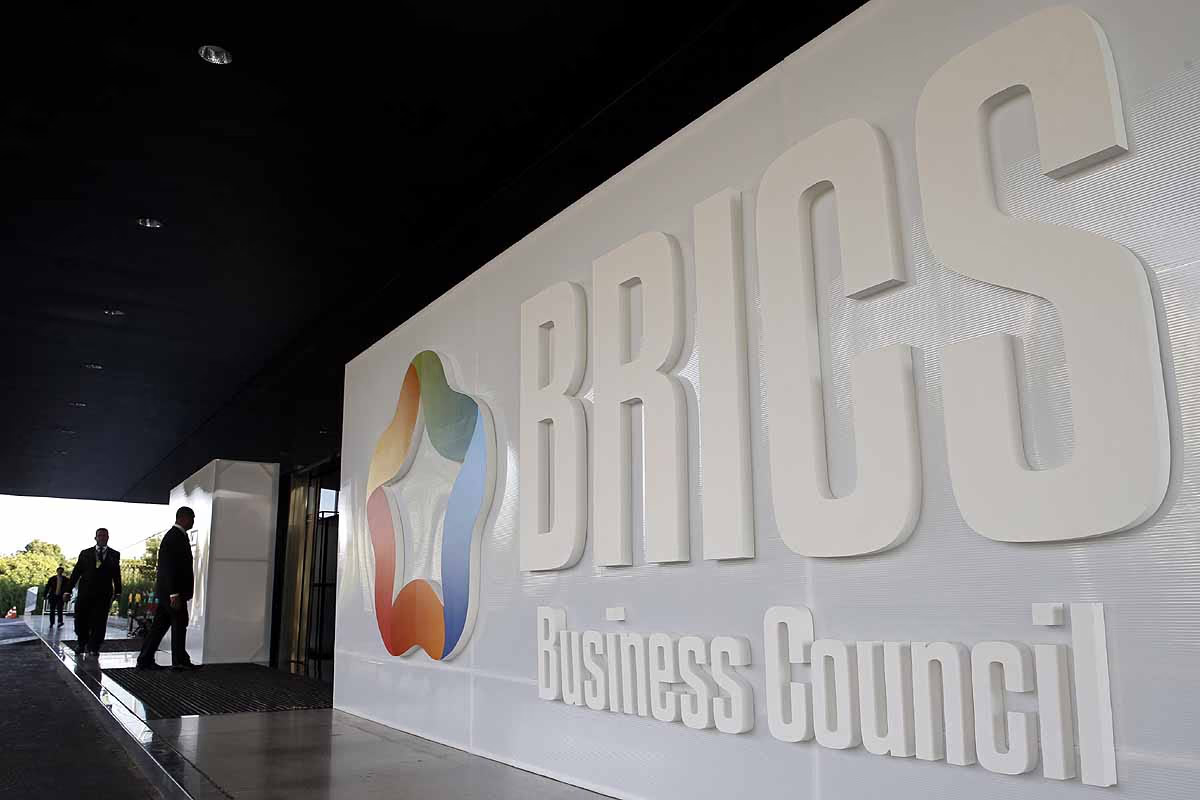
Source: aajtak
Why are there tensions between BRICS and the West?
BRICS aims to give a powerful voice to Global South nations, challenging Western dominance such as the US dollar and Western institutions. At the 17th BRICS Summit in Rio de Janeiro, Brazil, on July 6-7, 2025, several key decisions were made, including...
Reducing reliance on the US dollar: BRICS nations are promoting trade in local currencies and considering a new BRICS currency to challenge the global dominance of the US dollar.
Criticism of Western policies: BRICS has criticized US tariffs and the Israel-Iran war, leading to discontent from the US and NATO.
Voice of the Global South: BRICS demands greater roles for India and Brazil in institutions like the United Nations and the World Bank.
These steps make Western nations, particularly the US, perceive BRICS as weakening their economic and political influence. US President Donald Trump called BRICS anti-American, threatening an additional 10% tariff and 100% secondary tariffs.
What does NATO's threat mean?
On July 15, 2025, NATO's Secretary General Mark Rutte warned India, China, and Brazil of severe economic sanctions if they continue trading with Russia. He urged the leaders of Beijing, Delhi, or Brasilia to pressure Russian President Vladimir Putin into a peace agreement with Ukraine.
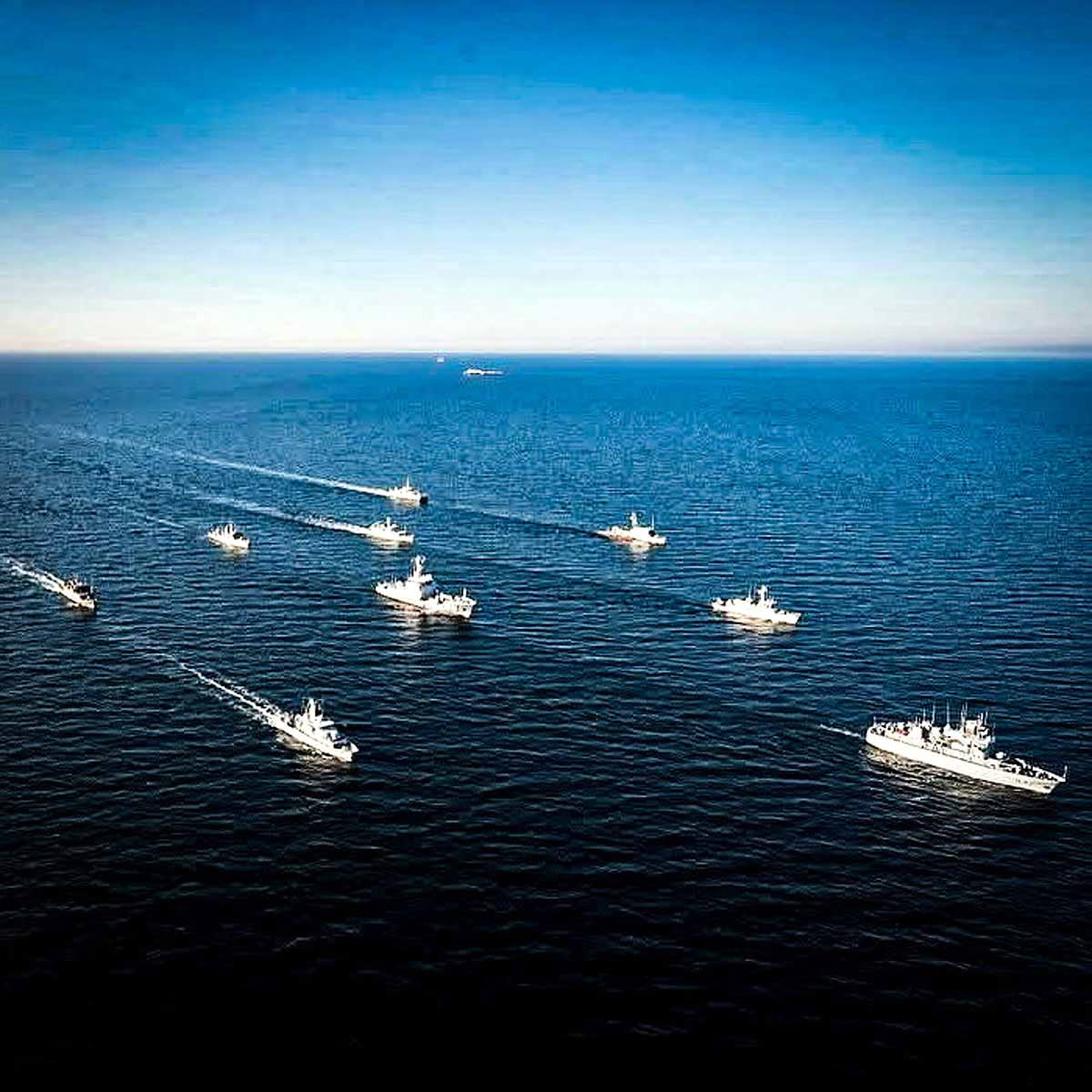
Source: aajtak
What does this threat imply for India, China, and Brazil?
India
Relations with Russia: India has a longstanding, strong relationship with Russia, especially in defense and oil purchases. India buys cheap oil from Russia, crucial for its economy.
Impact of NATO's threat: Should the US impose a 100% tariff, India's exports (like pharmaceuticals and textiles) would suffer. However, India has declared its policy independence, refusing to yield to pressure.
India's strategy: India is active in BRICS but also seeks to maintain relations with the US and QUAD (comprising the USA, Japan, Australia). Tensions between India and China weaken BRICS' unity.
China
Support for Russia: China is Russia's largest trading partner, providing indirect support during the Ukraine war.
Effect of the threat: US tariffs could hurt China's economy, given its significant exports to the US. Nevertheless, China sees BRICS as a tool to counter Western dominance.
China's stance: China dismissed NATO's threat, stating it is not arming Ukraine and its military development is routine.
Brazil
Independent stance: President Lula positions BRICS as non-aligned, neither siding with nor against Western countries.
Impact of the threat: The US has already threatened Brazil with a 50% tariff over legal actions against former President Bolsonaro. NATO's threat may affect Brazil's oil and agriculture exports.
Brazil's strategy: Brazil seeks to make BRICS the voice of the Global South but wishes to avoid confrontation with the US.
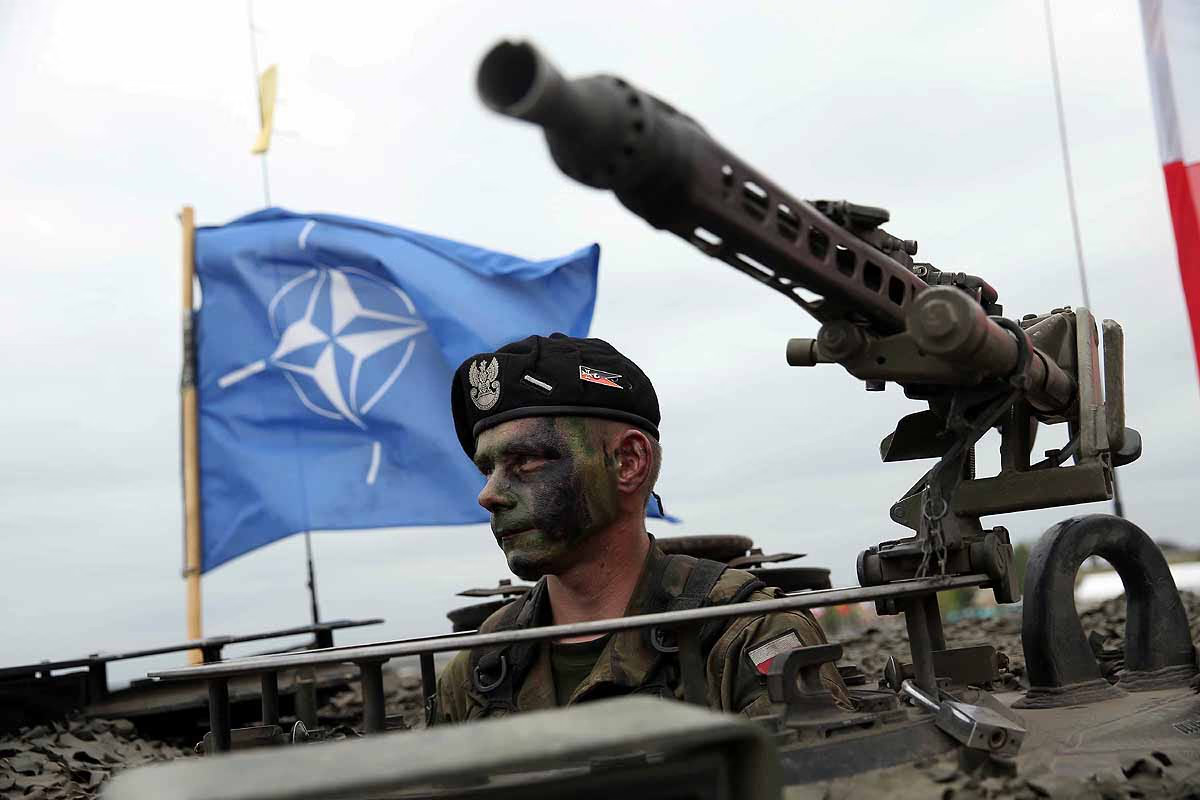
Source: aajtak
Is this a new Cold War?
Terming the tension between BRICS and Western countries as a Cold War may be premature, but some signs suggest otherwise...
Economic conflict:
The tariffs and sanctions from the US and NATO aim to economically harm BRICS countries. Unlike the traditional Cold War, this is taking the shape of economic and technological competition.
Ideological clash:
BRICS voices opposition to Western dominance, while NATO and the US aim to preserve their military and economic power.
Weaknesses within BRICS:
Lack of unity among BRICS nations (like India-China tension) and some countries' ties to the West (such as India and Brazil) prevent it from becoming a fully organized opposing bloc.
Though this clash remains on economic and diplomatic levels rather than military, further solidification of BRICS' currency or alternative financial systems could escalate tensions.
India's position and future
India plays a central role in BRICS and will host the 2026 BRICS Summit. Its policy balances both sides, maintaining neither complete alignment nor opposition to the West. India will continue to procure cheap oil and arms from Russia while upholding relations with the US and NATO. NATO's warning presents a challenge for India, which has previously responded with its independent foreign policy.
